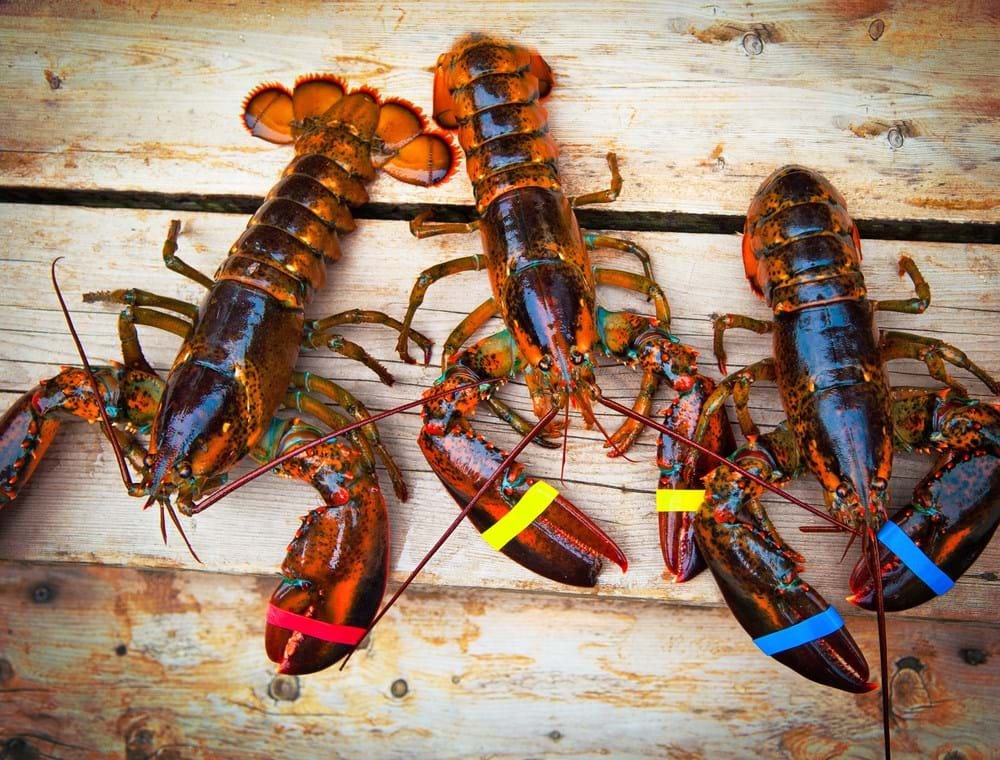Surf and turf: replacing plastic laminates
A COMPOSTABLE biomaterial made of derivatives from lobster shells and wood could sustainably replace plastic packaging coatings, according to US researchers.
The ‘surf and turf’ material is made from nearly equal parts of cellulose pulp from wood or cotton, and chitosan derived from chitin – which is often sourced from the shells of lobsters, crabs and shrimp.

Developed by researchers at Pennsylvania State University, the material was created through polyelectrolyte complexation, which is the formation of bonds between the carboxymethyl cellulose and chitosan due to their different molecular charges.
Its uses could include water-resistant paper, coatings for ceiling tiles and wallboard, and edible coatings on food. Importantly, the team says it is compostable, and so could help reduce the pollution caused by millions of tons of plastic food packaging used every year in the US.
The results of tests, published in Green Chemistry, showed that paperboard coated with the biomaterial exhibited strong oil and water barrier properties. The coating also resisted toluene, heptane and salt solutions, and exhibited improved wet and dry mechanical and water vapour barrier properties.
Jeffrey Catchmark, professor of agricultural and biological engineering, said: “These results show that polysaccharide polyelectrolyte complex-based materials may be competitive barrier alternatives to synthetic polymers for many commercial applications.
“The material's unexpected strong, insoluble adhesive properties are useful for packaging as well as other applications,” he added.
Catchmark has applied for a patent on the coatings, with Penn State, and is currently working to develop commercialisation partners across different industry sectors. He said: “We are trying to take the last step now and make a real impact on the world, and get industry people to stop using plastics and instead use these natural materials.
“So consumers have a choice – after the biomaterials are used, they can be recycled, buried in the ground or composted, and they will decompose. Or they can continue to use plastics that will end up in the oceans, where they will persist for thousands of years.”
Green Chemistry: http://doi.org/cdfb
Recent Editions
Catch up on the latest news, views and jobs from The Chemical Engineer. Below are the four latest issues. View a wider selection of the archive from within the Magazine section of this site.




